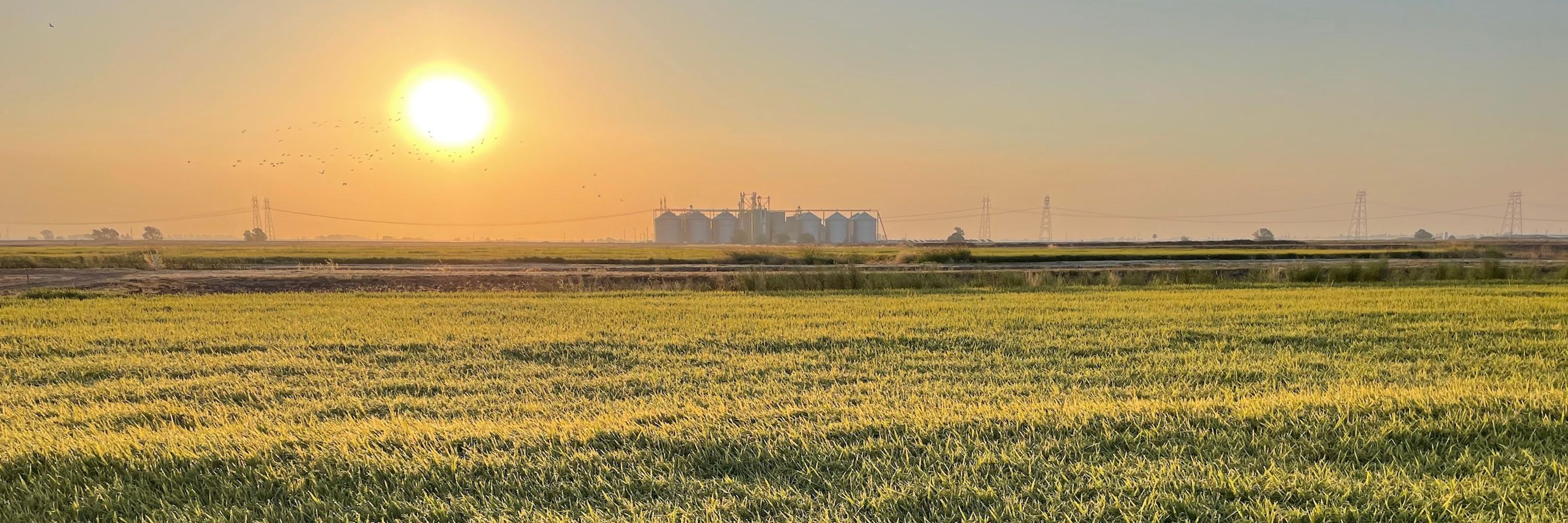Bethany Kolody, PhD
@bethanykolody.bsky.social
88 followers
52 following
40 posts
Environmental genomics researcher at @innovativegenomics.bsky.social
Posts
Media
Videos
Starter Packs







